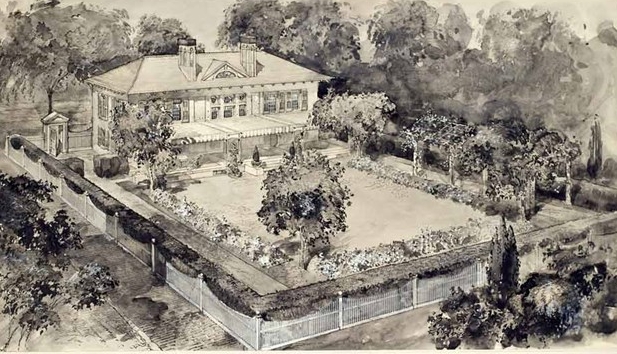Beatrix Jones Farrand: A Pioneer in Landscape Architecture
Beatrix Jones Farrand, often regarded as one of the first female landscape architects in America, played a vital role in shaping the landscape design field during the early 20th century. Her innovative ideas and dedication to the craft left a lasting legacy, influencing both historical and modern gardens. Understanding her contributions can inspire future generations to appreciate and engage with the art of landscape design.
The Early Influences of Beatrix Jones Farrand
Born in 1872, Beatrix Jones Farrand grew up in a family that valued creativity and the arts. Her exposure to various art forms shaped her aesthetic sensibilities. Farrand’s formal training began with studying at the New York School of Applied Design for Women, which laid the groundwork for her future endeavors. Drawing inspiration from her travels and experiences, she harnessed a unique blend of natural beauty and functional design in her landscapes. This grounding laid the foundation for years of innovative and beautiful work.
Farrand’s Signature Style
Farrand’s style is characterized by her ability to blend the beauty of nature with thoughtful design. She emphasized the use of native plants, creating gardens that were not only stunning but also sustainable. Her designs often featured carefully selected flora that would thrive in their specific environments, ensuring that her gardens would flourish for years to come. As a forerunner of ecological landscaping, Farrand’s work reflects a profound understanding of environmental harmony, a principle that remains crucial in today’s landscape architecture.
Legacy and Influence
Today, Beatrix Jones Farrand’s legacy is evident in many of her projects that continue to be celebrated and preserved. One of her most notable works, the gardens at Dumbarton Oaks in Washington, D.C., serves as an example of her commitment to blending natural beauty with lived experience. Her impact transcends her own projects; she paved the way for future female landscape architects and advocated for the importance of gardens in urban planning. Farrand established numerous professional networks, helping to inspire a new generation of designers to explore and develop the field.
In conclusion, Beatrix Jones Farrand’s contributions to landscape architecture are both significant and enduring. Her innovative ideas and unique designs have not only beautified numerous spaces but also shaped the practice of landscape architecture as we know it today. Explore her legacy further to appreciate the artistry and environmental awareness she instilled in her work. Whether through visiting one of her gardens or studying her design principles, there are countless ways to engage with the inspiring world she helped create.

